There’s something almost magical about soaking in naturally heated water while snowflakes land on your face—a sensory contrast so perfect it feels like the Earth designed it specifically for human enjoyment. Winter transforms hot springs into ethereal landscapes where steam rises through frost-covered trees and mineral-rich pools become oases of warmth in frozen wilderness. These geothermal sanctuaries offer the ultimate winter paradox: tropical relaxation in arctic conditions.
The experience transcends simple recreation, becoming almost spiritual when done right. Here’s a list of 17 natural hot springs where winter settings create truly unforgettable moments.
Jigokudani Monkey Park – Japan
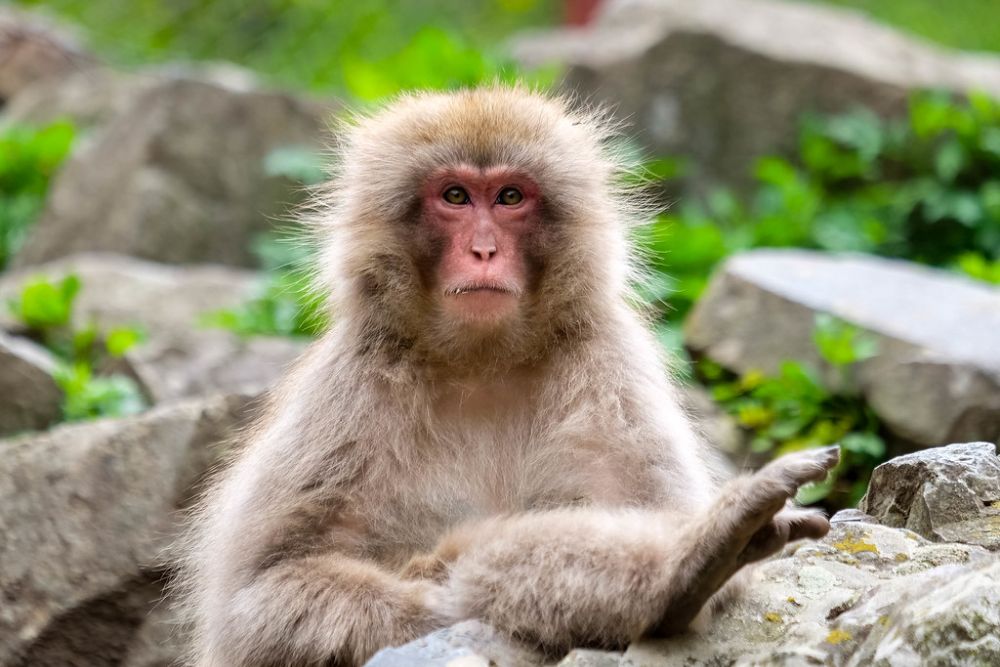
Japanese macaques have figured out what humans discovered centuries ago—these mineral-rich pools provide a perfect refuge from Nagano’s brutal winters while offering entertainment that rivals any spa experience. The famous ‘snow monkeys’ lounge in steaming water with expressions of pure bliss, seemingly unbothered by photographers documenting their winter wisdom.
Visitors can observe this primate paradise from nearby hot springs, where the same geothermal activity that warms the monkeys creates relaxation opportunities for humans seeking similar winter comfort.
Blue Lagoon – Iceland
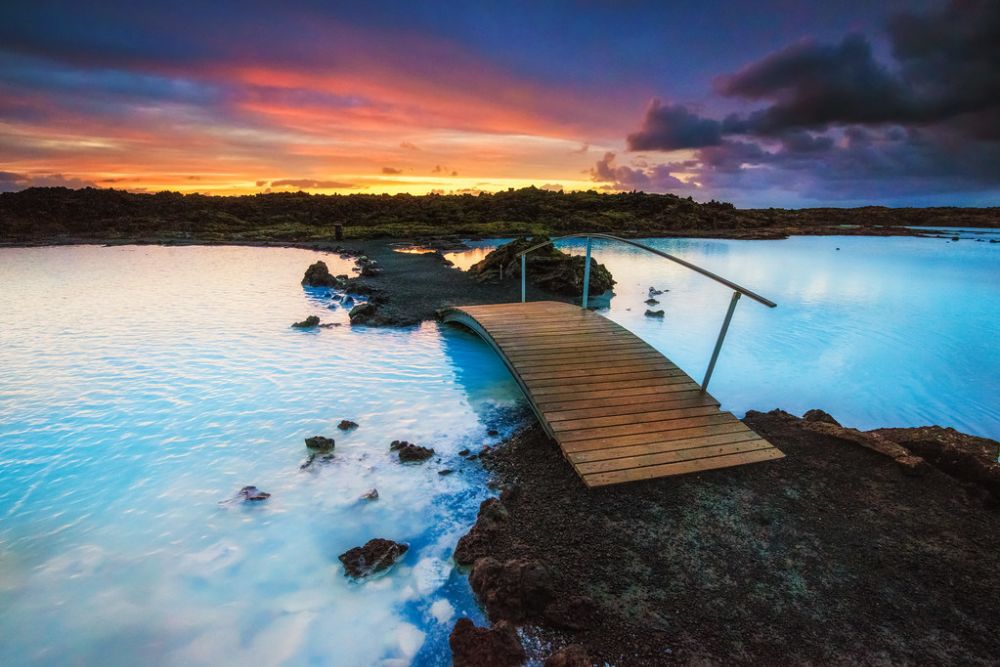
This geothermal spa sits in a lava field where temperatures outside can drop to minus 4°F, yet the milky blue water maintains a perfect 100°F year-round through natural geothermal processes. Snow-covered volcanic rock surrounds the lagoon, and the Northern Lights often dance overhead during winter months, creating scenes so surreal they seem digitally enhanced.
The high silica content gives the water its distinctive color while providing skin benefits that have attracted visitors from around the world to this otherworldly landscape.
Like Travel Pug’s content? Follow us on MSN.
Chena Hot Springs – Alaska
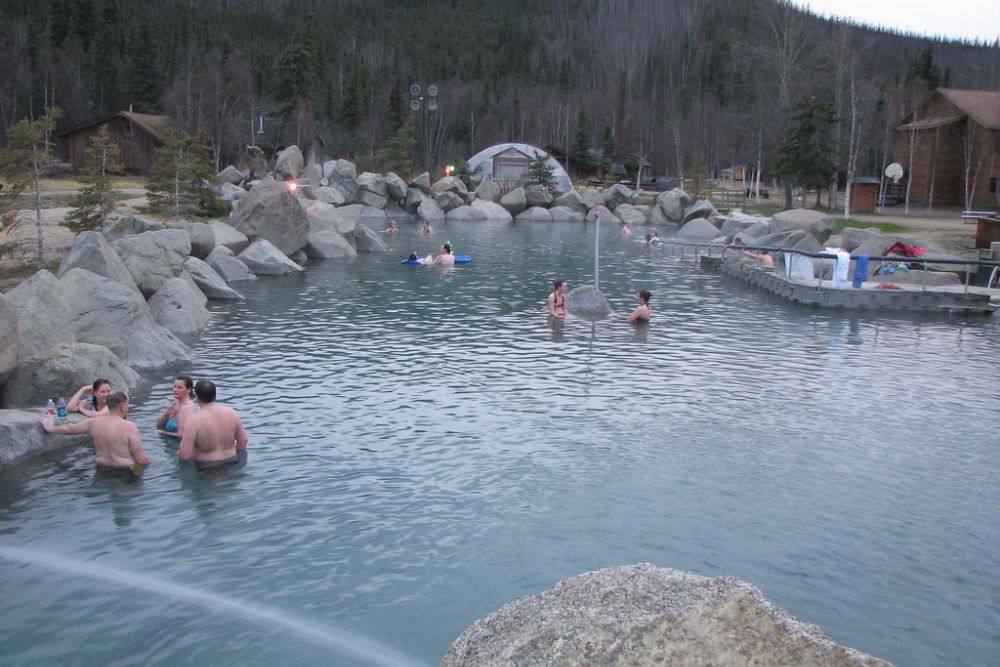
Located 60 miles northeast of Fairbanks, this remote destination offers aurora viewing opportunities from outdoor pools where the contrast between frigid air and warm water creates optimal conditions for extended Northern Lights watching. Winter temperatures regularly drop below minus 20°F, while the springs maintain comfortable soaking temperatures through geothermal activity that also powers the resort’s innovative ice museum.
The facility operates year-round despite extreme conditions, proving that human ingenuity can create comfort even in Earth’s most challenging environments.
Banff Hot Springs – Alberta, Canada
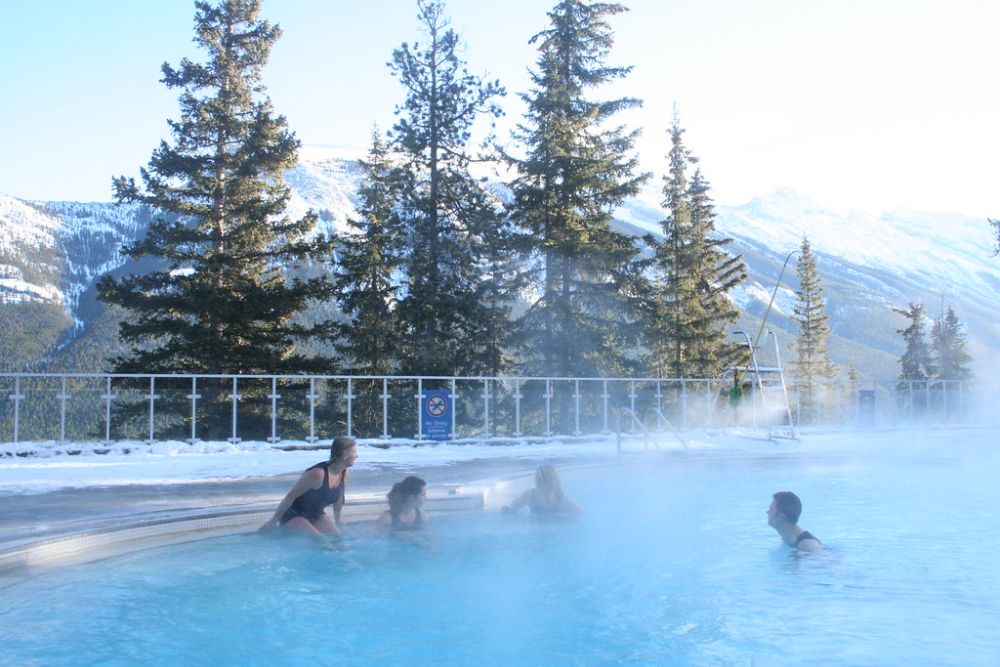
The Canadian Rockies provide a dramatic backdrop for these sulfur-rich pools where soaking becomes an exercise in appreciating geological forces that heat underground water to perfect temperatures. Snow-covered peaks surround the facility while elk and deer often graze nearby, seemingly unbothered by human visitors enjoying the same natural warmth that attracts wildlife during harsh mountain winters.
The springs maintain their appeal through careful development that preserves the natural setting while providing amenities that enhance rather than diminish the wilderness experience.
Glenwood Hot Springs – Colorado, USA
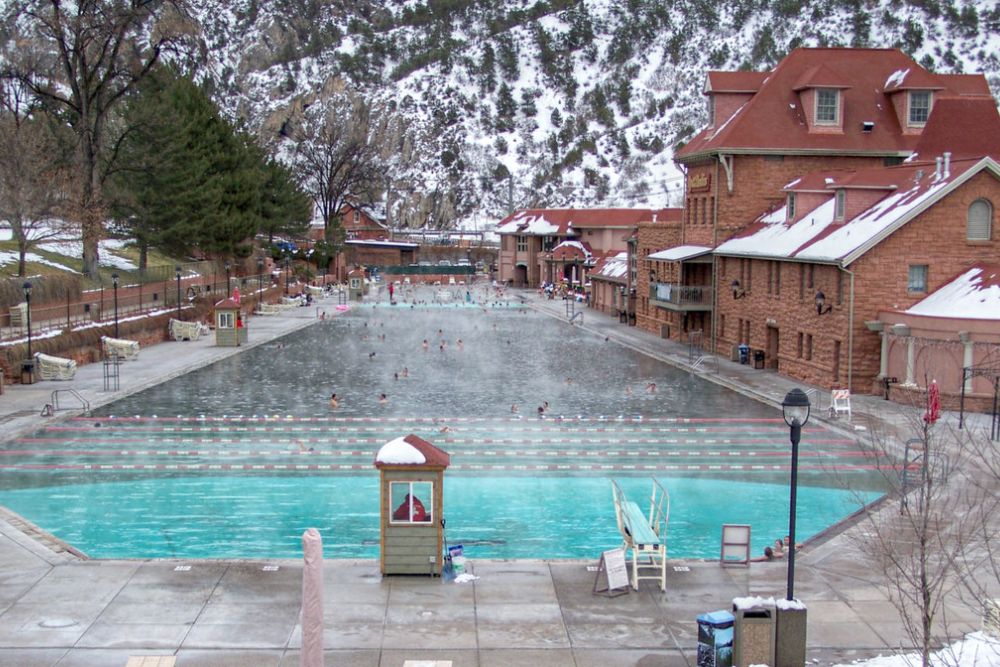
This massive natural pool stretches over two city blocks while maintaining temperatures between 90°F and 104°F even when Aspen’s winter temperatures plummet well below freezing. The facility has operated continuously since 1888, welcoming everyone from Doc Holliday to modern families seeking relief from Colorado’s intense winter weather—though the springs themselves have provided warmth for thousands of years before European settlement.
Steam rises dramatically from the pool’s surface during cold snaps, creating atmospheric conditions that transform the entire valley into something resembling a natural cathedral.
Like Travel Pug’s content? Follow us on MSN.
Pamukkale – Turkey
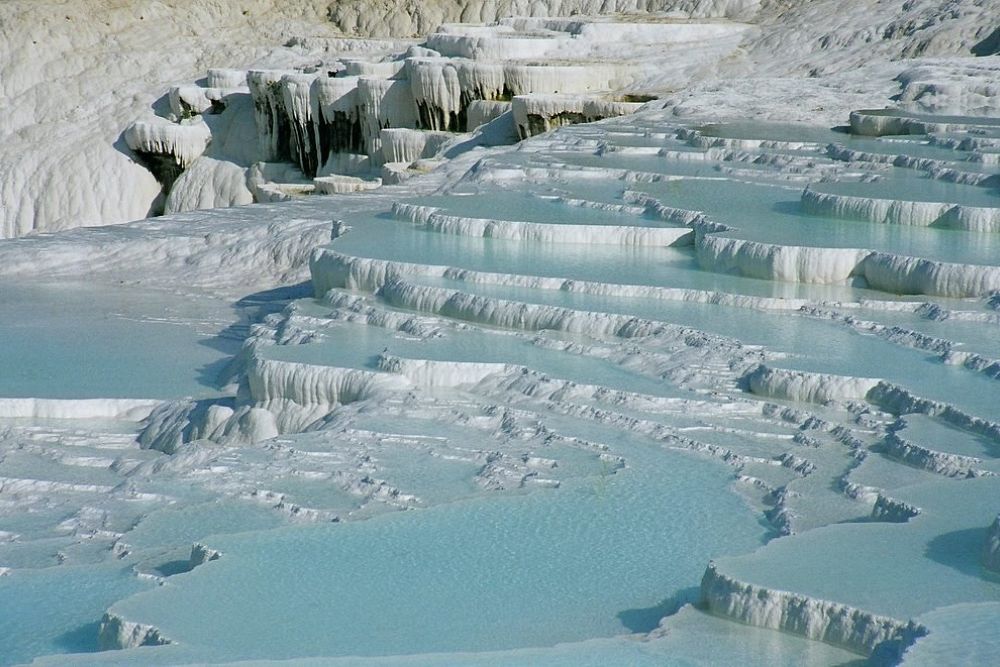
These terraced limestone pools fill with mineral-rich water that maintains comfortable temperatures while snow occasionally dusts the surrounding Anatolian landscape during winter months. Ancient Romans built the city of Hierapolis here specifically to take advantage of these therapeutic waters, though modern visitors can appreciate both the historical significance and the stunning visual contrast of white calcium carbonate formations against winter skies.
The springs continue depositing minerals that slowly build the terraces higher, creating an ever-changing landscape that combines geological processes with human relaxation.
Yangpachen Hot Springs – Tibet
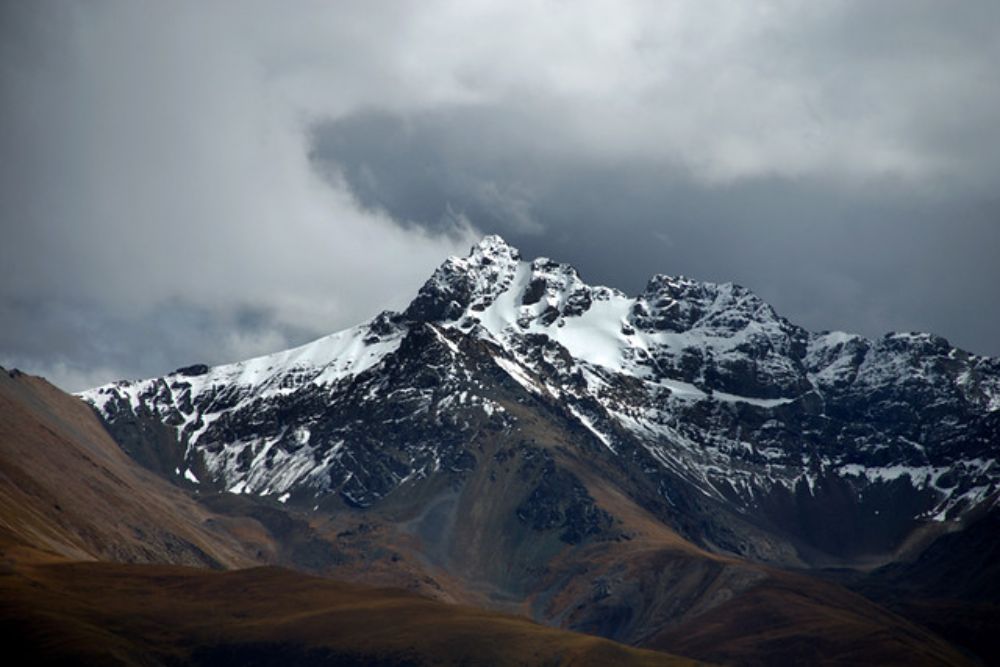
At 14,000 feet above sea level, these springs offer the highest-altitude hot spring experience on Earth—where thin air and intense sunlight create conditions unlike anywhere else while geothermal activity provides warmth that’s essential for survival at such elevations. The Tibetan Plateau’s extreme weather patterns mean snow can fall any month of the year, yet the springs maintain temperatures that allow comfortable soaking even during blizzards.
Local Tibetan communities have used these waters for centuries, understanding their therapeutic value long before modern tourists discovered this remote mountain sanctuary.
Kusatsu Onsen – Japan
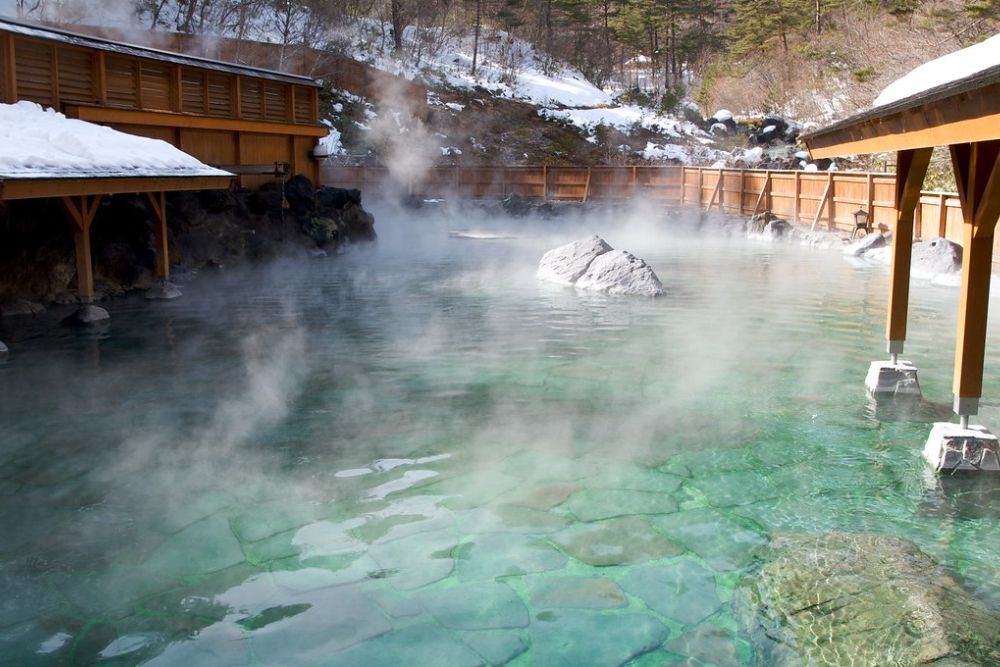
This mountain town built its entire identity around hot springs that produce over 8,000 gallons of mineral water per minute—enough to supply a small city while maintaining perfect soaking temperatures throughout Japan’s harsh winters. The famous Yubatake field creates a steaming landscape where boiling water cools to comfortable temperatures through an ingenious wooden channel system that’s operated for centuries.
Winter festivals here celebrate the contrast between freezing mountain air and naturally heated pools, creating cultural traditions that honor both human ingenuity and geological gifts.
Like Travel Pug’s content? Follow us on MSN.
Landmannalaugar – Iceland
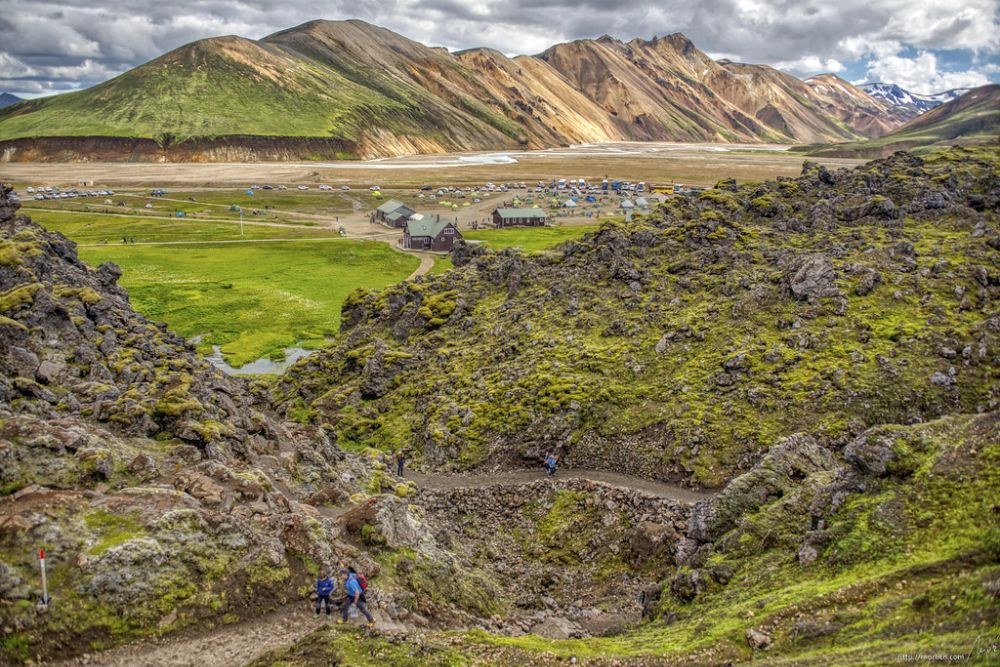
These geothermal pools sit in Iceland’s highland interior, where summer hiking season lasts only four months, yet the springs provide year-round warmth for adventurous visitors willing to travel across snow-covered lava fields. Rhyolite mountains create a colorful backdrop while geothermal activity heats natural pools to perfect soaking temperatures regardless of weather conditions, which can change from sunny to blizzard within minutes.
The area’s remoteness preserves a wilderness experience where visitors often have entire geothermal fields to themselves during winter months.
Bagby Hot Springs – Oregon, USA
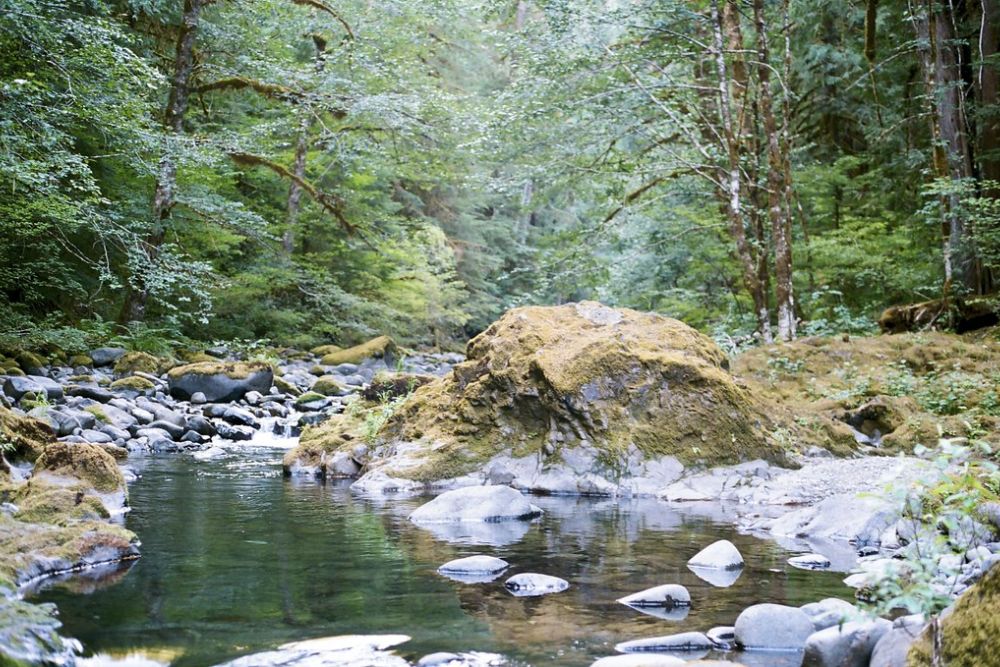
Hand-built cedar tubs channel naturally heated water from mountain springs into private soaking pools surrounded by old-growth forest, where snow creates cathedral-like quiet during Pacific Northwest winters. The rustic facilities require a moderate hike through forest trails that become challenging but beautiful when covered with snow, filtering out casual visitors while rewarding those committed to reaching this hidden sanctuary.
Local volunteers maintain the traditional wooden infrastructure that channels spring water into individual tubs, preserving a experience that feels more like discovering a secret than visiting a commercial facility.
Thermopolis Hot Springs – Wyoming, USA
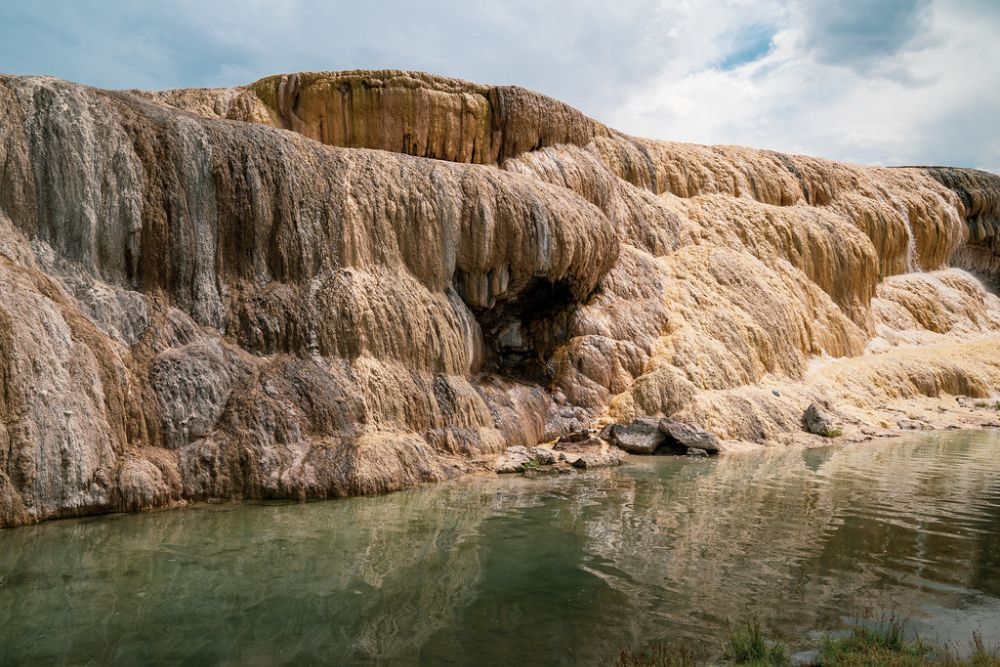
The world’s largest mineral hot spring provides water that emerges at 135°F before cooling to comfortable soaking temperatures in pools surrounded by Wyoming’s windswept prairie landscape. Winter here means serious business—temperatures can drop to minus 30°F while winds create conditions that make the springs’ warmth not just pleasant but essential for outdoor comfort.
The facility’s location along the Bighorn River creates habitat for wildlife that also seeks warmth during brutal Wyoming winters, making spring visits feel like joining a natural community of creatures seeking refuge from the elements.
Like Travel Pug’s content? Follow us on MSN.
Alvord Hot Springs – Oregon, USA
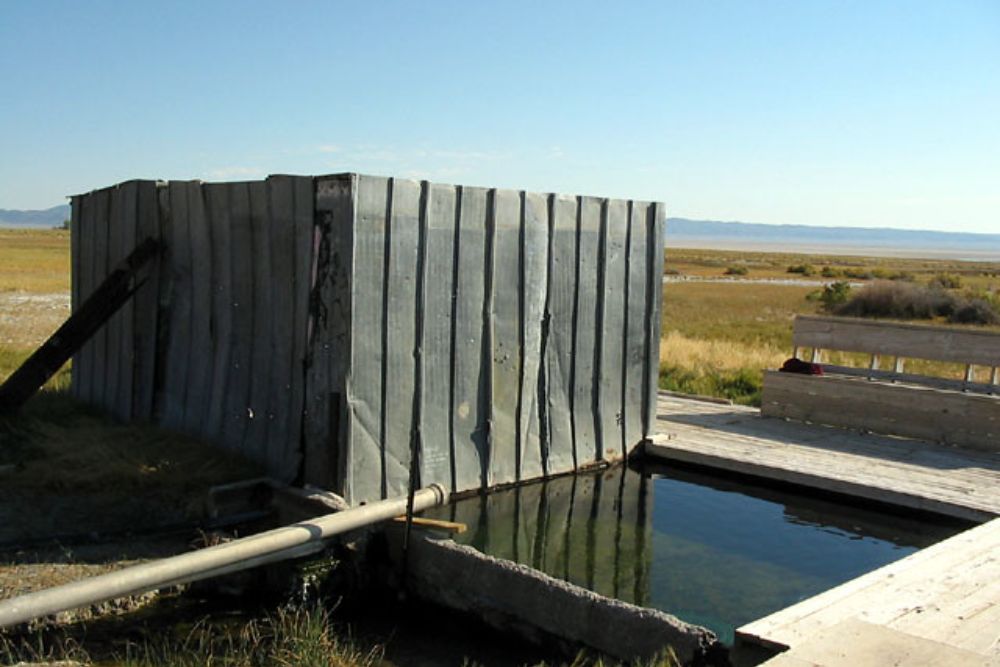
This remote desert spring sits in southeastern Oregon’s high desert, where winter brings snow to the landscape so isolated that visitors often have the springs entirely to themselves. The concrete pools built by ranchers in the early 1900s channel geothermal water while providing views across Alvord Desert toward snow-covered Steens Mountain—creating a sense of solitude that’s increasingly rare in our connected world.
Winter access requires four-wheel drive and careful planning, though the reward justifies the effort for those seeking authentic wilderness hot spring experiences
Strawberry Park Hot Springs – Colorado, USA
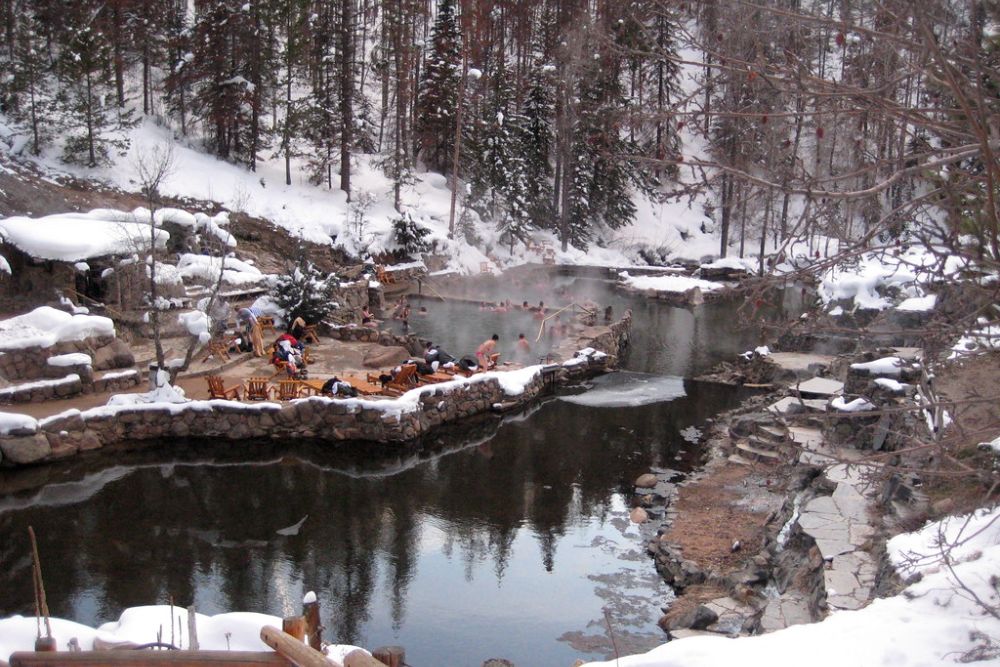
Natural pools carved into granite boulders channel mineral water through a series of terraced pools where temperatures gradually cool from source to soaking level. The facility maintains clothing-optional policies after dark, though winter conditions mean most visitors focus more on staying warm than social conventions while snow creates dramatic contrast with steam rising from natural stone pools.
Access requires navigating a steep mountain road that becomes treacherous during winter storms, creating an adventure that enhances appreciation for the warm sanctuary waiting at the destination.
Wild Willy’s Hot Springs – Idaho, USA
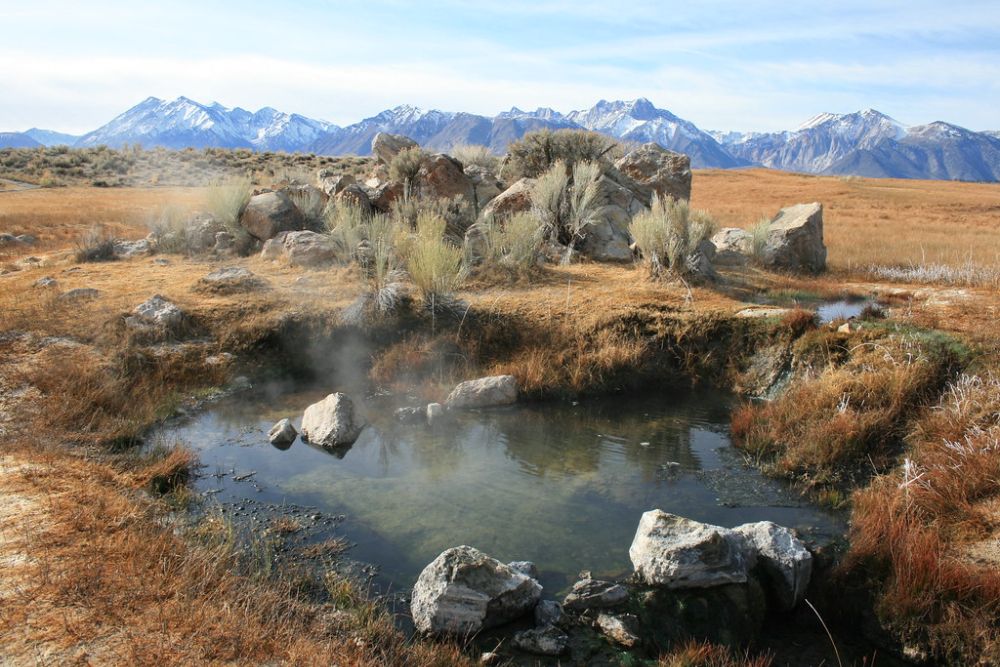
This undeveloped spring along the Middle Fork Salmon River provides natural pools where mineral water maintains perfect soaking temperatures while surrounded by Idaho’s Frank Church Wilderness—one of the largest roadless areas in the lower 48 states. Winter access requires serious commitment, including potential river crossings and backcountry travel, though the reward includes hot spring experiences in one of America’s most pristine wilderness settings.
The springs’ remote location means visitors must be self-sufficient while respecting Leave No Trace principles that preserve the area’s natural character.
Like Travel Pug’s content? Follow us on MSN.
Conundrum Hot Springs – Colorado, USA
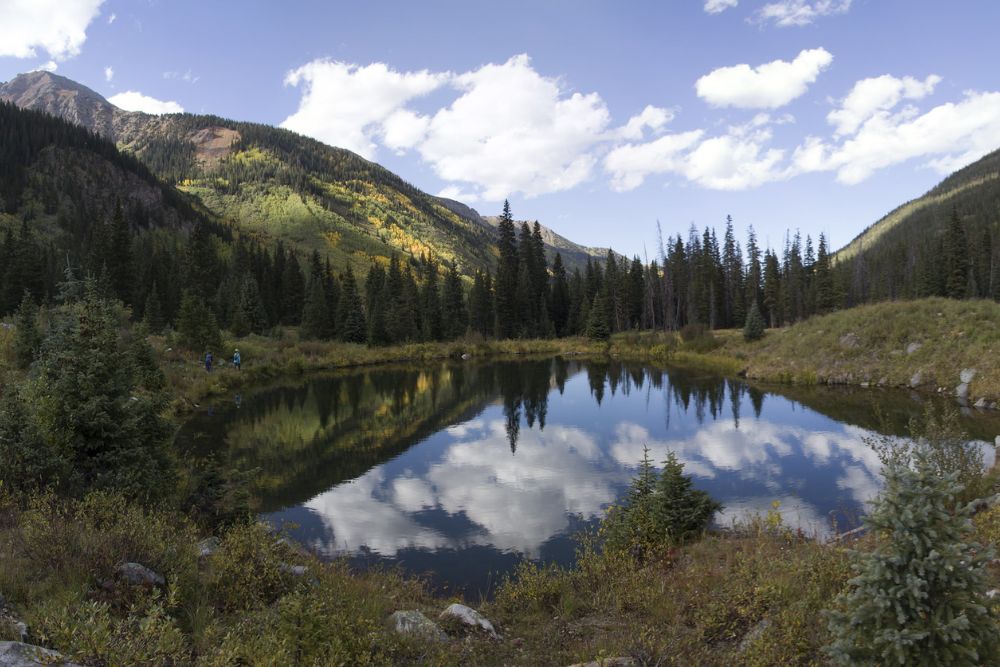
These high-altitude springs require an 8.5-mile hike through Maroon Bells-Snowmass Wilderness, where winter conditions create serious backcountry challenges that limit access to experienced outdoor enthusiasts with proper equipment. The natural pools sit at 11,200 feet elevation, where snow can persist nine months of the year, yet geothermal activity maintains water temperatures that provide essential warmth for winter visitors.
The springs’ location in designated wilderness means no development or amenities—just natural pools surrounded by some of Colorado’s most spectacular mountain scenery.
Breitenbush Hot Springs – Oregon, USA
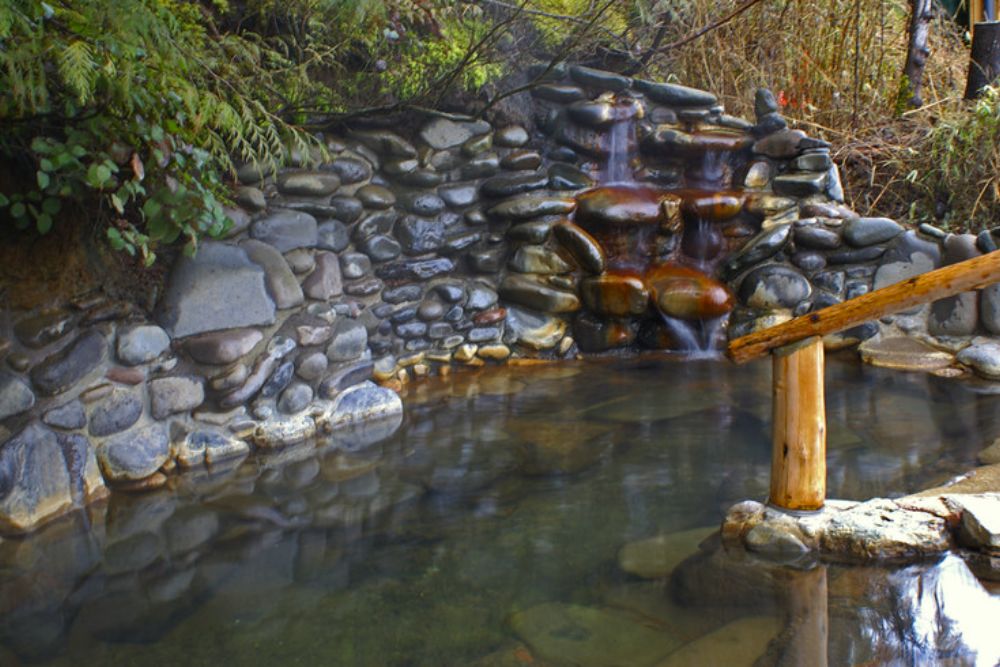
This intentional community built around natural geothermal activity creates a retreat center where hot springs integrate with the forest setting in ways that feel more spiritual than recreational. Multiple pools channel mineral water at different temperatures while surrounded by old-growth forest that becomes magical when dusted with Pacific Northwest snow.
The facility operates as a cooperative where visitors can participate in community activities while enjoying springs that have provided warmth and healing for indigenous peoples long before European settlement.
Goldbug Hot Springs – Idaho, USA
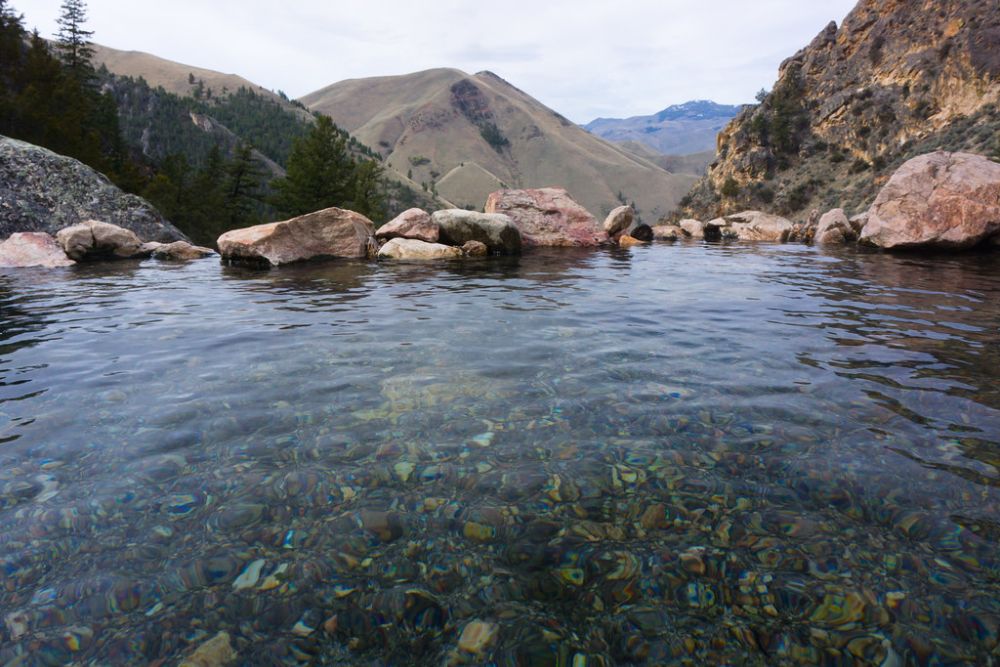
These terraced natural pools require a steep 2-mile hike that becomes genuinely challenging when covered with snow and ice, though the destination rewards serious effort with some of Idaho’s most spectacular hot spring experiences. Multiple pools at different temperatures allow visitors to find perfect comfort levels while enjoying views across Salmon River valley toward snow-covered peaks.
The springs’ undeveloped nature means visitors must navigate slippery rocks and natural hazards while respecting the delicate ecosystem that creates these geothermal oases.
Like Travel Pug’s content? Follow us on MSN.
When Earth Provides Perfect Comfort
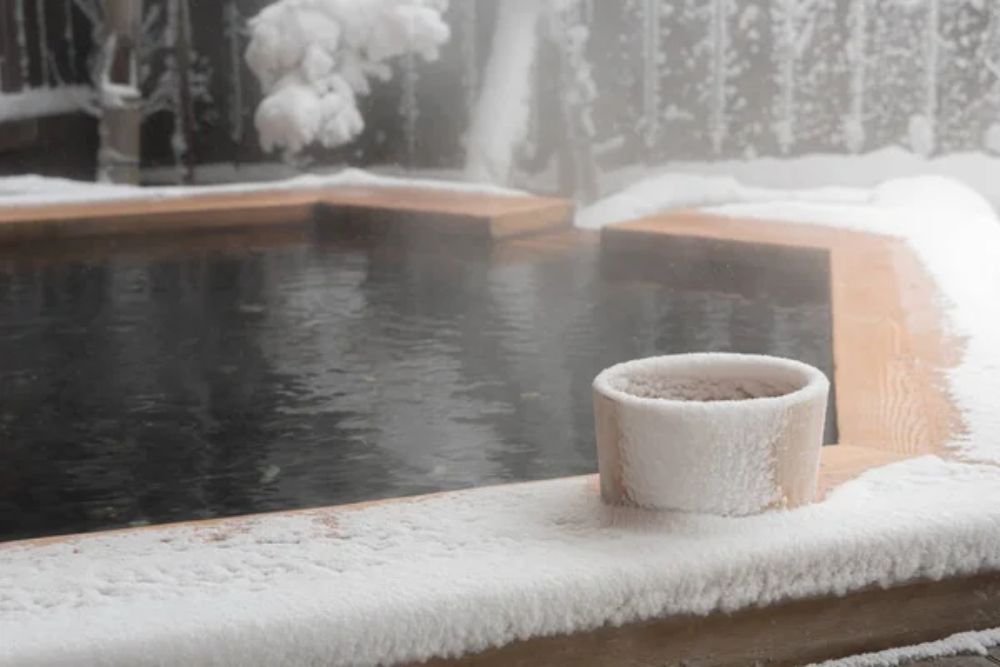
These remarkable locations demonstrate how geological processes create natural sanctuaries that offer both physical comfort and spiritual renewal, particularly during winter months when the contrast between harsh conditions and geothermal warmth becomes most pronounced. Each spring represents millions of years of underground heating that brings mineral-rich water to surface temperatures perfect for human enjoyment, proving that some of nature’s greatest gifts require no human improvement or enhancement.
In our climate-controlled modern world, these geothermal oases remind us that Earth itself provides solutions to human comfort needs while creating experiences that connect us directly to powerful geological forces still shaping our planet. The combination of snow, steam, and naturally heated water creates sensory experiences that industrial recreation simply cannot replicate, offering a genuine connection to natural processes that have operated long before humans discovered their benefits.
More from Travel Pug

- 20 Best Beach Towns in the Carolinas
- 13 Destinations Where Tourists Regularly Regret Their Trip
- 20 Things You Actually Get in First Class
- 20 Small Airports With Aviation Museums
- 20 Places in the U.S. That Are Perfect for a Reset Trip
Like Travel Pug’s content? Follow us on MSN.
